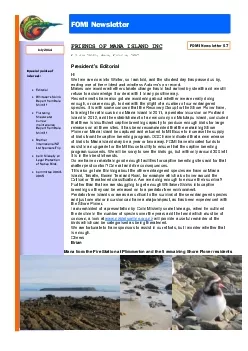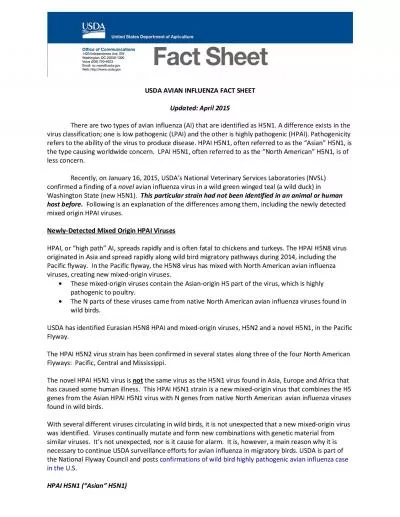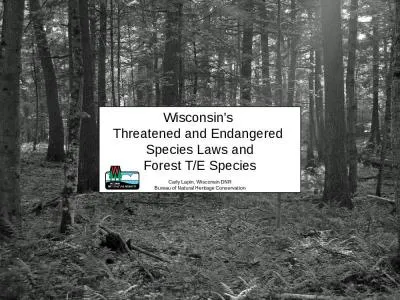PDF-All wild birds are protected by state and federal laws, with the excep
Author : olivia-moreira | Published Date : 2016-06-11
starling rock feral pigeon and English sparrow This means that you cannot shoot at trap poison or otherwise kill capture or possess one without a permit Ho wever
Presentation Embed Code
Download Presentation
Download Presentation The PPT/PDF document "All wild birds are protected by state an..." is the property of its rightful owner. Permission is granted to download and print the materials on this website for personal, non-commercial use only, and to display it on your personal computer provided you do not modify the materials and that you retain all copyright notices contained in the materials. By downloading content from our website, you accept the terms of this agreement.
All wild birds are protected by state and federal laws, with the excep: Transcript
Download Rules Of Document
"All wild birds are protected by state and federal laws, with the excep"The content belongs to its owner. You may download and print it for personal use, without modification, and keep all copyright notices. By downloading, you agree to these terms.
Related Documents


![[Protected] Non-confidential content](https://thumbs.docslides.com/366937/protected-non-confidential-content.jpg)











